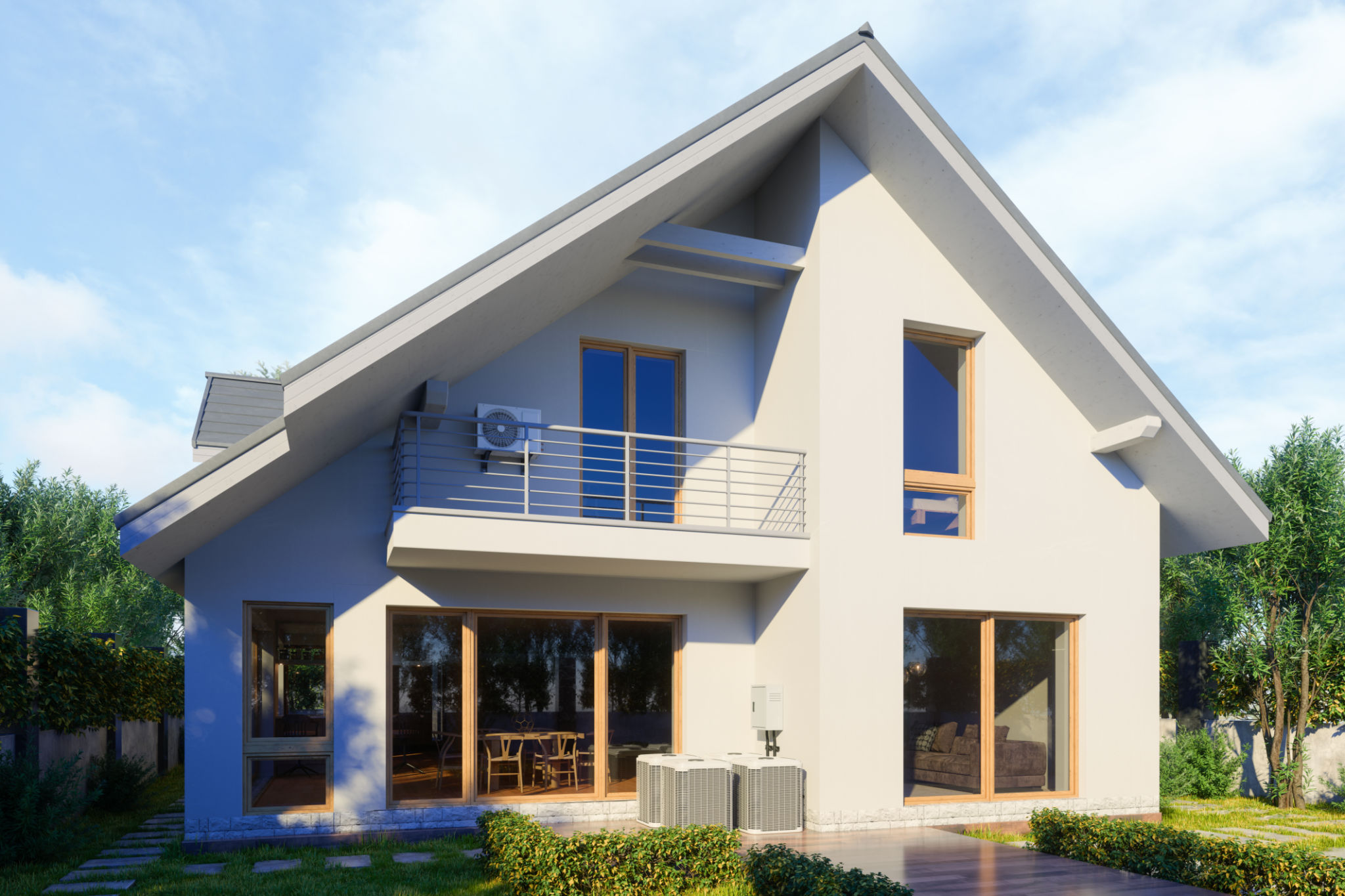How Airflow Louvres Enhance Building Efficiency in London
The Role of Airflow Louvres in Modern Architecture
In the quest for enhanced building efficiency, airflow louvres have emerged as a pivotal element in modern architecture. These ingenious devices are designed to facilitate optimal air circulation, significantly contributing to a building's overall energy efficiency. Particularly in urban environments like London, where space and resources are at a premium, the integration of airflow louvres can create a marked improvement in building performance.
Airflow louvres are strategically installed to control the flow of air into and out of buildings. This not only aids in maintaining a comfortable indoor climate but also reduces the reliance on artificial heating and cooling systems. Consequently, buildings can achieve energy savings, reducing both operational costs and environmental impact.

Benefits of Airflow Louvres
The primary benefit of airflow louvres is their ability to enhance natural ventilation. By leveraging London's often windy conditions, these louvres can channel fresh air into the building, improving indoor air quality and creating a healthier environment for occupants.
Another significant advantage is the reduction in energy consumption. Airflow louvres minimize the need for energy-intensive HVAC systems, leading to lower utility bills. Additionally, they contribute to a building's sustainability by reducing its carbon footprint.

Design and Aesthetic Appeal
Beyond their functional benefits, airflow louvres offer considerable aesthetic enhancements. Available in various designs and finishes, they can be tailored to complement the architectural style of any building. This flexibility allows architects and designers to incorporate them seamlessly into the facade, enhancing both aesthetics and performance.
In London, where architectural innovation meets historical charm, integrating airflow louvres can bridge the gap between modern efficiency and classic design. Whether used in new constructions or retrofitted into existing structures, they provide a visually appealing solution that respects the city’s unique architectural heritage.

Implementing Airflow Louvres in London
Given London's diverse climate, the implementation of airflow louvres must be carefully planned. Considerations such as building orientation, local weather patterns, and environmental regulations play crucial roles in determining the most effective louvre configuration.
For architects and engineers working in London, understanding these factors is essential to maximize the benefits of airflow louvres. Collaborating with specialists in environmental design can ensure that the louvres are optimally positioned and designed to meet specific building needs.
Conclusion
In summary, airflow louvres offer multiple benefits that enhance building efficiency in London. By improving natural ventilation, reducing energy consumption, and adding aesthetic value, they are a valuable addition to any architectural project. As cities continue to grow and evolve, the integration of such efficient systems will play a crucial role in developing sustainable urban environments.